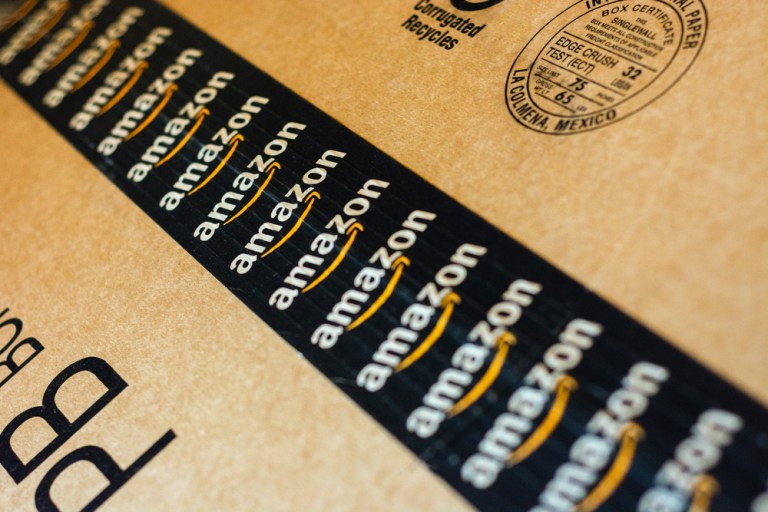Amazon Looks To Right-Size Its Packaging

As the number of Amazon orders made by Americans seems to be perpetually climbing, the eCommerce giant is working hard to more efficiently package its shipments. That will mean more padded envelopes, smaller boxes, fixing algorithms and even having suppliers make smaller, more online order-focused boxes.
“There’s a lot of pressure to come up with solutions that eliminate a box,” said Ken Chrisman of Sealed Air Corp., which designs packaging materials for retailers, manufacturers and logistics firms. The company serves clients like the United Parcel Service, XPO Logistics, Walmart, Costco Wholesale Corp. and Kroger Co.
To live up to that pressure, Amazon has added machines to its warehouses that create padded mailers on demand for items that do not need to be shipped in a box. Nearly half of the items Amazon sells and ships will reportedly fit into those envelopes, according to the company’s director of customer packaging experience, Kim Houchens.
The team is also working on tweaking its algorithms that help decide box size and how many items should be packed together in each shipment. The trick, according to Houchens, is “to make better choices with each box size.”
Amazon said its manufacturers are taking the requests seriously, particularly for package redesign in an increasingly online world. In addition, Brent Nelson, senior manager of customer packaging experience at Amazon, noted that what is eye-catching on a physical store shelf really doesn’t matter in an eCommerce context.
“Almost universally, packaging designed for brick and mortar is oversized with expensive and redundant shipping features,” Nelson explained.
The number of Amazon’s shipments climb every year. In fact, 2017 could see the company ship as many a 1.2 billion packages — double what it shipped nearly five years ago.
Both UPS and FedEx are changing how they charge for deliveries, too, a further motivation for retailers to offer better boxing options. Both logistics firms are now charging more for packages delivered on certain dates.